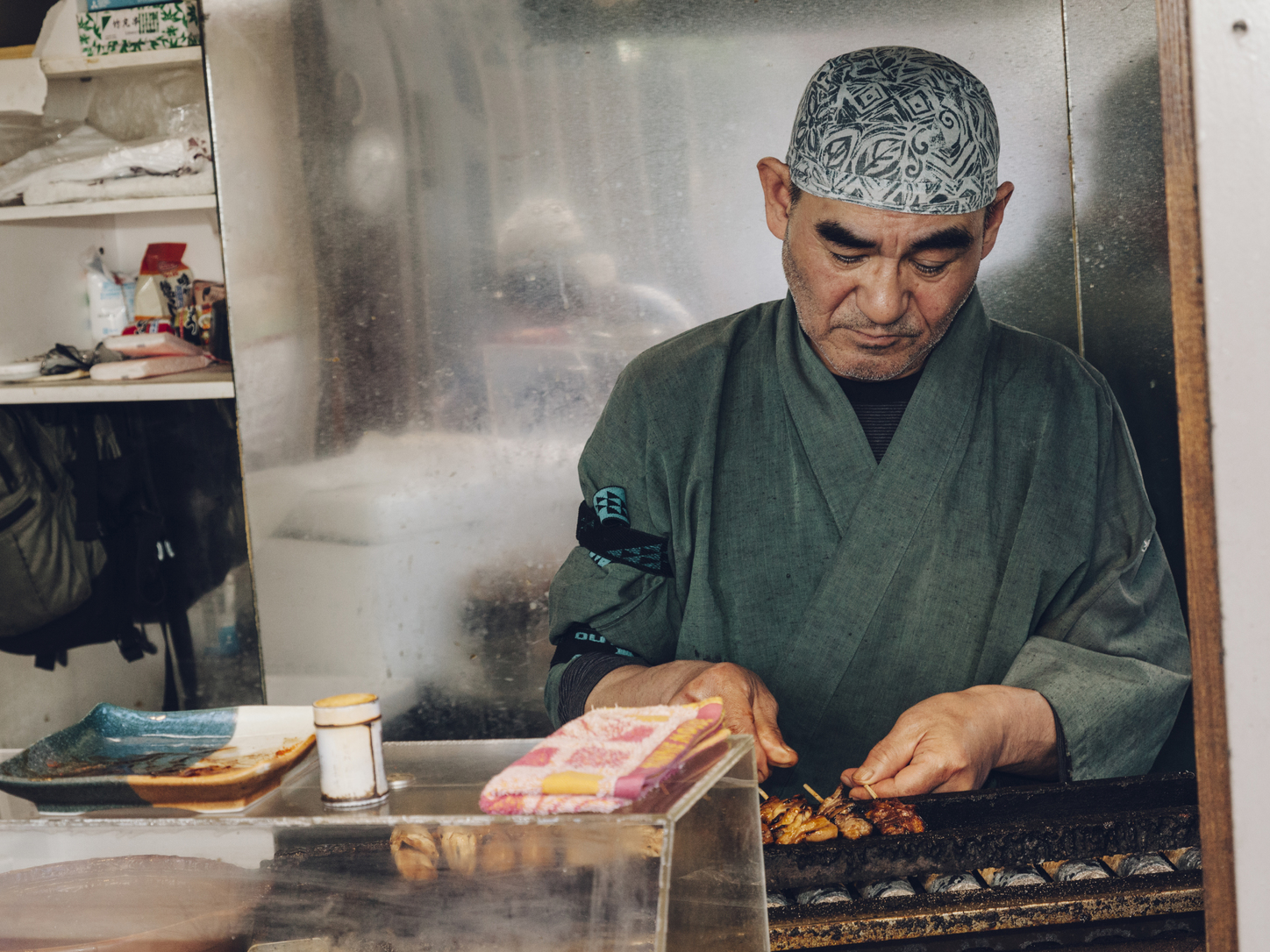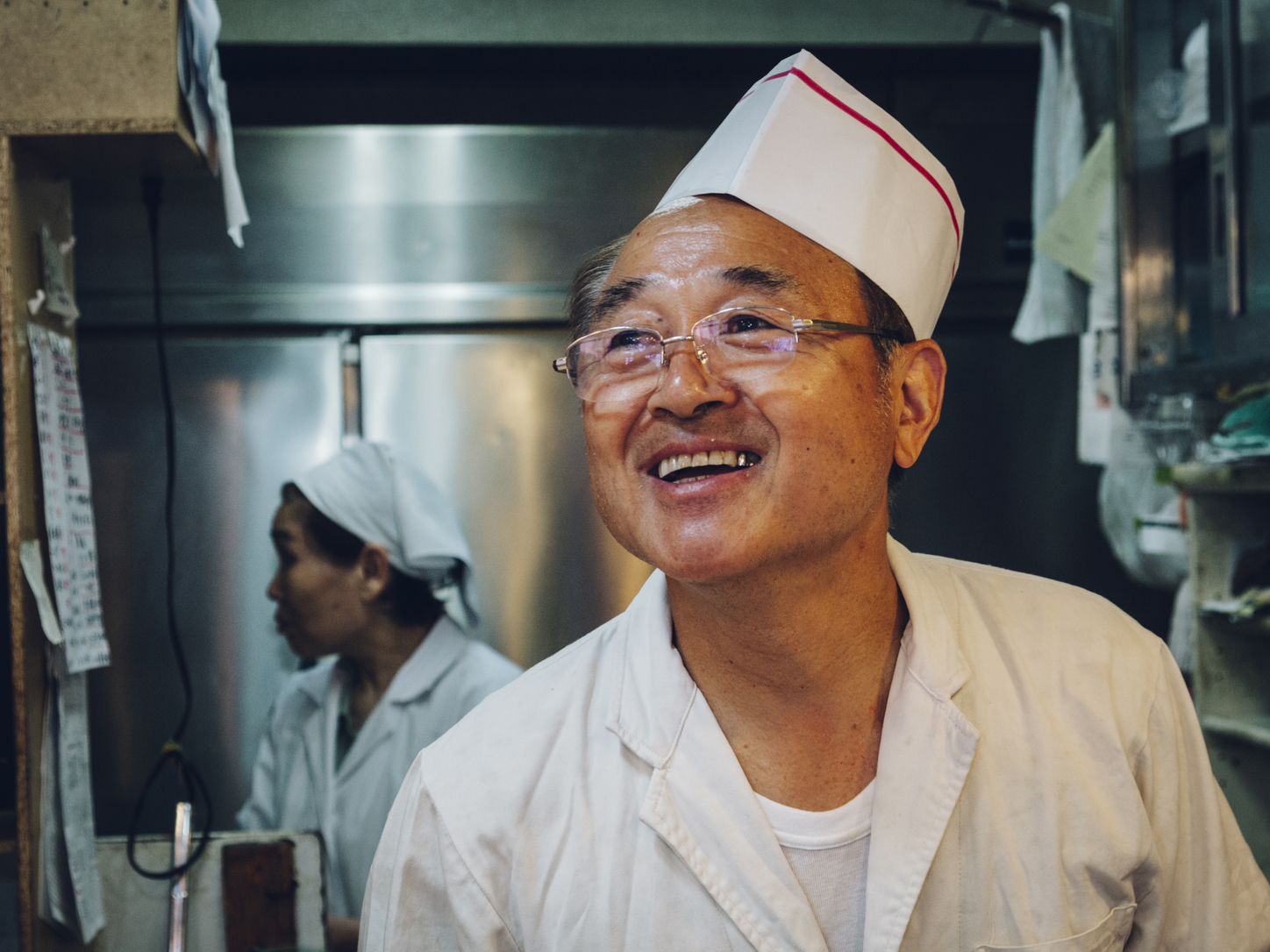Fierce as a dog with tongue lapping for action, cunning as a savage pitted against the wilderness,
Bareheaded,
Shoveling,
Wrecking,
Planning,
Building, breaking, rebuilding
These words were penned by Pulitzer Prize-winning American poet Carl Sandburg early last century, about his adopted home of Chicago. This stanza, from his seminal “Chicago” collection of poems, however, also perfectly describes contemporary Tokyo with all its myriad imperfections and idiosyncrasies.
Anyone who keeps abreast of Tokyo’s ever-changing architectural and cultural (r)evolution knows that faceless shopping malls, office blocks and high-end apartments are unfortunately the sign of the times. The Tokyo Metropolitan government is even considering a plan to eradicate the over ground telephone and electricity poles, which mark the city, to make room for a clean, more uncontaminated aesthetic. The consequence of this movement, however, is the destruction of old Tokyo and the acceptance of a bland and soulless new.
“If you want to know Tokyo, visit the shotengai”
Respected Japanese journalist and author Yukari Sakamoto wrote recently, for online magazine Eater: “If you want to know Tokyo, visit the shotengai.” Shotengai is the Japanese word for traditional shopping arcades found dotted around the metropolis, with the most famous and popular ones being in Sugamo, Asagaya and Kichijoji. Over the last few years, however, many of Tokyo’s shotengai have been destroyed to make way for the inevitable wave of gentrification and regeneration. Examples of this are found in the striking and disappointing development of locations such as Musashi Koyama.
However, there are still a few of these old-school shopping streets begging to be explored. A few minutes from Ikebukuro, nestled quietly in Itabashi ward, is Oyama – a tiny town that plays host to one of the most thriving shotengai in the capital. “Happy Road,” as it’s cutely named, was born out of the ashes of the war and was initially just a small road of shacks, stalls and stores (originally named Oyama Ginza) selling essentials to the local people. In 1977 a merchant’s union was established and in turn it created a proper shopping arcade and gave it the name Happy Road. In 1996 the arcade’s roof was repaired and replaced and it has evolved organically from there.
Keeping It In the Family
There are presently 209 stores raging from the ubiquitous pachinko parlors, 100 yen stores and chemists that can be found in most towns in Japan. What makes Oyama special is not these bland chain stores but the thriving family-run businesses which contribute, in a huge way, to the town’s success and bustling reputation. Independent tea stores, a plethora of wagashi (traditional Japanese sweets) shops, Americana apparel store Frontier, butchers with national acclaim such as the glorious Arai Meat – try the ham katsu (ham cutlets), crepe and confectionary legend Pierrot, outrageously delicious sandwiches courtesy of K’s Kitchen and some of the best yakitori in the city found in spots such as Funachu and Ippo.


When Weekender chatted with Koji Yamanaka of the Oyama Happy Road Shotengai Promotion Union, he stressed the strength of community in the shopping arcade with many stores being run by third and fourth generations of local families: “The lively atmosphere is mostly down to the effort of the staff and the people that work
[in Happy Road],” says Yamanaka. “People who live in this area want to buy things from people they know. That’s why they come. They don’t need to go to a department store when they can buy from here.”
“Most of the customers are locals and we want to work hard for them and we help each other. Many people here have known each other since they were children and played around this shotengai area. This is our life. Sometimes we wouldn’t even need money. We could go to the local store and drink milk straight from the carton or bottle. The owner knew us so he would add the cost to our parents’ tab at a later date. In Japan it’s very important to have trust, and trust makes good business.”

Yamanaka, himself, is a third generation Oyama shotengai business owner but he is adamant that the shotengai still has a future in Japan. Although Happy Road is proud of its tradition and roots in the local community, it is also embracing technology to spread the word. The shotengai has its own Youtube and TV channel (Happy TV), idol, and even its very own pro-wrestler (Happy Road Man).
Yamanaka explains that rather than Happy Road being perceived as an outdated 20th century concept, it is, conversely, helping influence modern day buyer/seller relationships. He says, “If you go to the supermarket yourself you pick vegetables on your own, but if you come here to a local store you can often find out where the food comes from and what the shopkeeper recommends for that specific day. Or in the case of tea, someone who wants to send some tea to a friend can ask the store staff for specific suggestions. In supermarkets and chain stores people don’t usually look for advice. In fact, employees from major department stores sometimes come here to find out how to sell directly to customers. They want to know how to have more contact with people.”
It would be easy to dismiss the Japanese shotengai as antiquated and parochial. They are, however, not only a direct link to the past – a glimpse into Showa-era Japan but also, especially in the case of Happy Road, the vital beating heart of local communities in the 21st century. Happy Road is a vibrant and incredible place full of energy and atmosphere, and in Itabashi Ward is seen as the main artery of the community. It also has an abundance of time and hospitality for tourists and guests who come from far and wide to witness the road in all its glory.

Photographs by Stephan Jarvis









